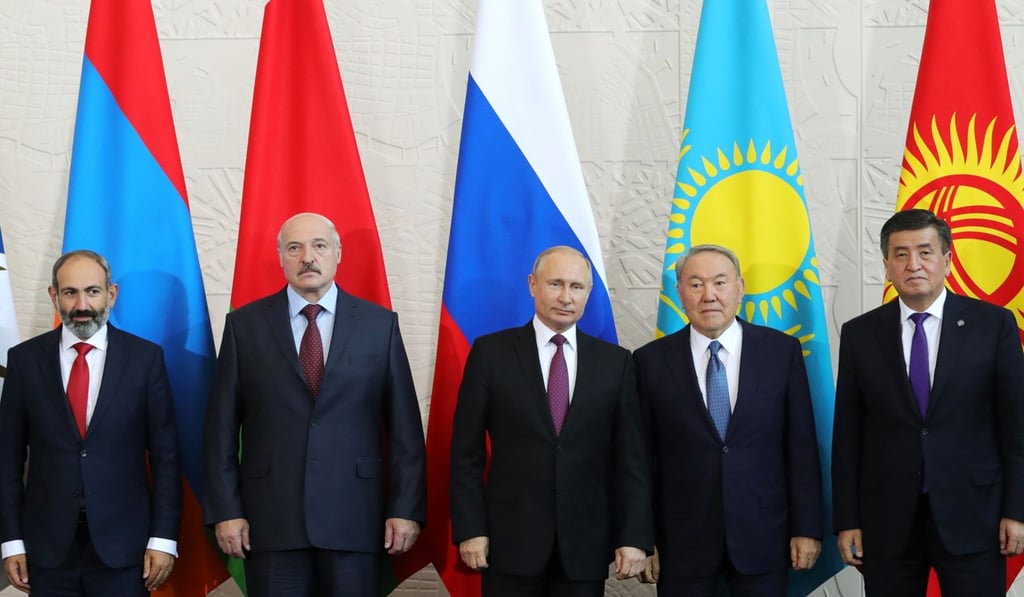Advertisement
The View | How China’s Belt and Road Initiative can extend its reach to the edge of the European Union
Donald Gasper says China linking its Belt and Road Initiative with the Eurasian Economic Union will open up a new trade corridor that offers opportunities for all the countries involved
Reading Time:3 minutes
Why you can trust SCMP

Although President Donald Trump appears for the moment to have suspended US threats to launch a trade war with Beijing, the dark clouds of protectionism continue to linger, putting a damper on the development of free trade in Asia and many other parts of the world. There are reports, however, of possible new initiatives to strengthen trade and economic links between China and the countries of the ancient Silk Road.
Advertisement
Such moves could help to offset negative trends elsewhere and could prove to be a game changer in facilitating business flows between Asia and Europe. Joint efforts by Beijing, Moscow and the Central Asian capitals will be necessary to counter attempts from other countries to undermine their efforts to strengthen inter-regional and international trade.
In this connection, President Xi Jinping met visiting Russian Foreign Minister Sergei Lavrov, who was in China to attend a meeting of the foreign ministers of the Shanghai Cooperation Organisation in late April. Xi told Lavrov that Beijing and Moscow should promote further synergy between the Eurasian Economic Union and China’s Belt and Road Initiative.

Advertisement

Advertisement
